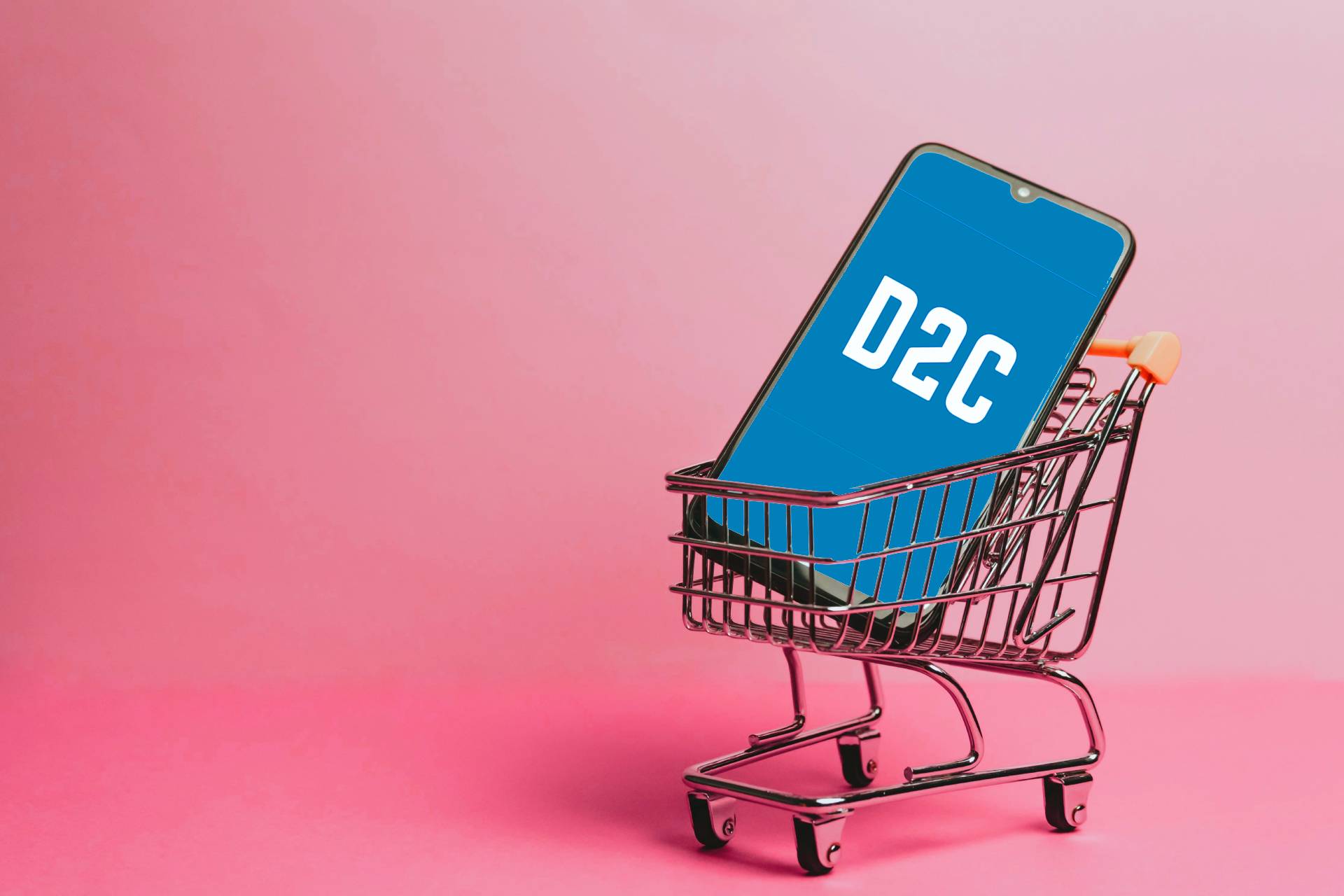In the dynamic world of e-commerce, understanding the ebb and flow of sales throughout the year is crucial. While certain months see a surge in online shopping, others can be notoriously slow. This guide delves into the best and slowest months for online sales, offering insights and strategies to help retailers navigate these fluctuations and keep sales robust even during the slowest months.
What are the Slowest Months for E-commerce?
Traditionally, the summer months, especially July and August, are considered the slowest months for online sales. As people prefer vacations and outdoor activities, there’s a noticeable dip in online shopping. Post-holiday months like January and February also see slower sales as consumers recover from the Christmas shopping period.
Why Do Some Months Experience a Sales Drop?
Several factors contribute to the sales drop in certain months. Post-holiday season sales fatigue increased outdoor activities during summer, and the absence of significant shopping events can lead to reduced foot traffic on e-commerce sites.
Navigating the E-commerce Sale Cycle: A Month-by-Month Guide
Every month brings unique challenges and opportunities in the e-commerce world. From holiday sales in December to back-to-school promotions in August, understanding the e-commerce sale cycle month-by-month can help businesses optimize their strategies and maximize profits.
The Impact of the Summer Slump on Online Sales
The summer slump is real. With vacations, beach trips, and other outdoor activities taking precedence, online sales often take a backseat. However, it’s essential to note that while the summer months generate the least amount of e-commerce sales, they offer a gift of time for retailers to strategize and prepare for the peak months.
How Do Retailers Tackle the Slow Retail Season?
Smart retailers use the slow periods as an opportunity. Clearance sales, promotional sales, and targeted marketing efforts can drive traffic and improve conversion rates. Additionally, improving the shopping experience and checkout processes during these quiet months can yield significant benefits during peak sales periods.
The Ebb and Flow: How Months of the Year Impact Online Shopping
The months of the year play a significant role in shaping consumer behavior. For instance, January often sees a surge in health and fitness products, while November is dominated by Black Friday sales. Recognizing these patterns can help e-commerce businesses tailor their offerings and marketing strategies to the specific demands of each month.
Overcoming the Slow Time: Strategies for E-commerce Lulls
Every e-commerce business faces slow times—periods where sales dip and traffic dwindles. However, these lulls can be turned into opportunities. Whether it’s revamping the website, launching new products, or engaging with customers through targeted marketing campaigns, there are numerous strategies businesses can employ to navigate and capitalize on these slow periods.
Reflecting on 2021: E-commerce Trends and Takeaways
The year 2021 was a landmark year for e-commerce, with the pandemic accelerating the shift towards online shopping. From the rise of virtual try-ons to the emphasis on sustainable shopping, 2021 brought several trends that will continue to shape the e-commerce landscape in the years to come. Reflecting on these trends can offer valuable insights for future strategies.
Promotions: A Retailer’s Best Friend During Slow Months?
In the competitive realm of e-commerce, retailers often grapple with fluctuating sales patterns. Slow months, characterized by reduced foot traffic and dwindling sales, can be particularly challenging. However, promotions emerge as a beacon of hope during these lulls. Offering discounts, limited-time offers, and bundled deals can reinvigorate consumer interest and drive sales. Moreover, promotions not only attract price-conscious shoppers but also entice new customers to explore the brand, potentially leading to long-term loyalty. Additionally, these promotional activities provide an opportunity for retailers to clear out seasonal or overstocked inventory, ensuring a fresh rotation of products. In essence, while slow months are an inevitable aspect of retail, strategic promotions can effectively counteract these downtrends, solidifying their position as a retailer’s best ally during challenging times.
The Role of Social Media Activity in Boosting Sales
A strong social media presence can be a game-changer. Engaging social media campaigns, interactive content, and timely responses can keep the brand in the shopper’s mind. Increased social media activity during slow months can drive traffic and influence purchasing decisions.
Comparing the Best and Worst Months for E-commerce Sales
While November and December, with events like Black Friday and Cyber Monday, are peak months for online sales, the summer months and post-holiday season in January and February are typically the slowest. However, with the right strategies, retailers can turn these slow months into opportunities.
Attracting New Customers: Innovative Approaches for 2022 and Beyond
In the competitive world of e-commerce, attracting new customers is paramount. By leveraging tools like social media marketing, influencer collaborations, and personalized email campaigns, businesses can reach a wider audience and convert them into loyal patrons.
The Post-Holiday Effect on E-commerce Sales
After the frenzy of the holiday shopping season, there’s a natural lull in sales. Consumers are often dealing with post-holiday bills, making them more cautious about spending. However, smart promotions and discounts can entice these shoppers back into making purchases.
How Did the Pandemic Influence E-commerce Sales Trends?
The COVID-19 pandemic brought unprecedented changes. With physical stores closing, there was a significant surge in online shopping. While some months saw exponential growth, others remained slow. However, the overall trend indicated a shift towards e-commerce, a trend likely to continue post-pandemic.
Strategies to Drive Sales During the Slowest Months
Retailers can employ various strategies to boost sales during slow months:
- Engage with Customers: Reach out with newsletters, updates, and personalized offers.
- Optimize the Shopping Experience: Ensure the website is user-friendly, mobile-optimized, and offers a seamless checkout process.
- Leverage Social Media: Regular posts, ads, and interactive content can keep the brand relevant and top-of-mind.
Measuring Success: The Role of ROI in E-commerce
Return on Investment (ROI) remains a critical metric for e-commerce businesses. It not only measures the effectiveness of marketing campaigns but also provides insights into areas of improvement. By continuously monitoring and optimizing ROI, e-commerce businesses can ensure that every dollar spent translates into tangible growth and increased sales.
Conclusion – Ecommerce Months
The e-commerce landscape, with its peaks and valleys, requires retailers to be agile, innovative, and proactive. While certain months may naturally see a dip in sales, they present a golden opportunity for businesses to regroup, strategize, and engage with their audience in novel ways. By understanding the rhythms of the online shopping world and leveraging tools like promotions, social media, and an optimized shopping experience, retailers can not only navigate the slow months but also set the stage for success during peak sales periods. In the ever-evolving world of e-commerce, adaptability and foresight are the keys to sustained success. For ecommerce fulfillment services, contact us now.



